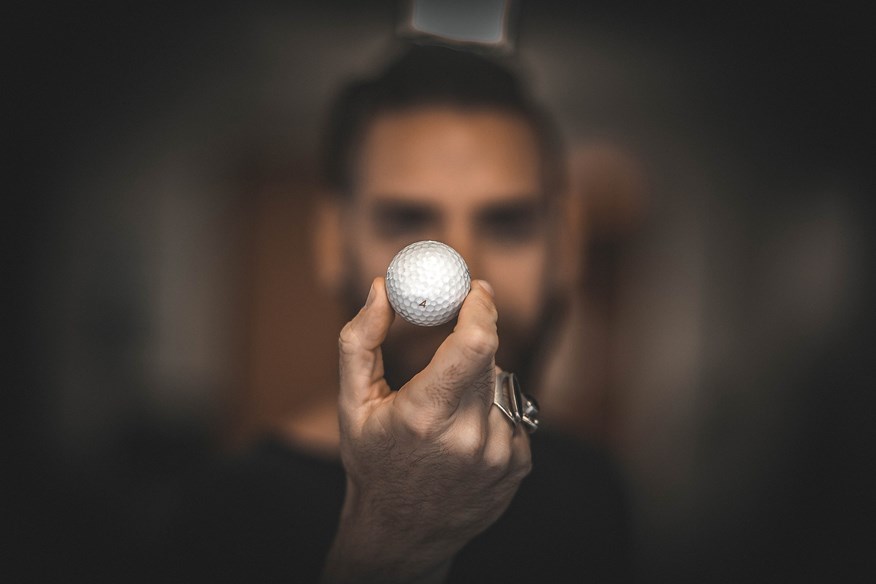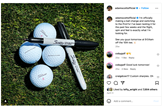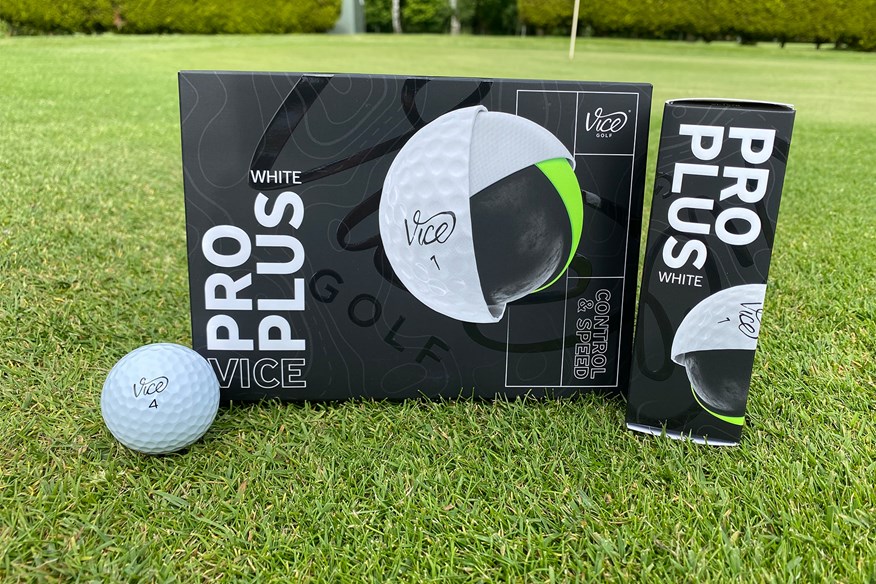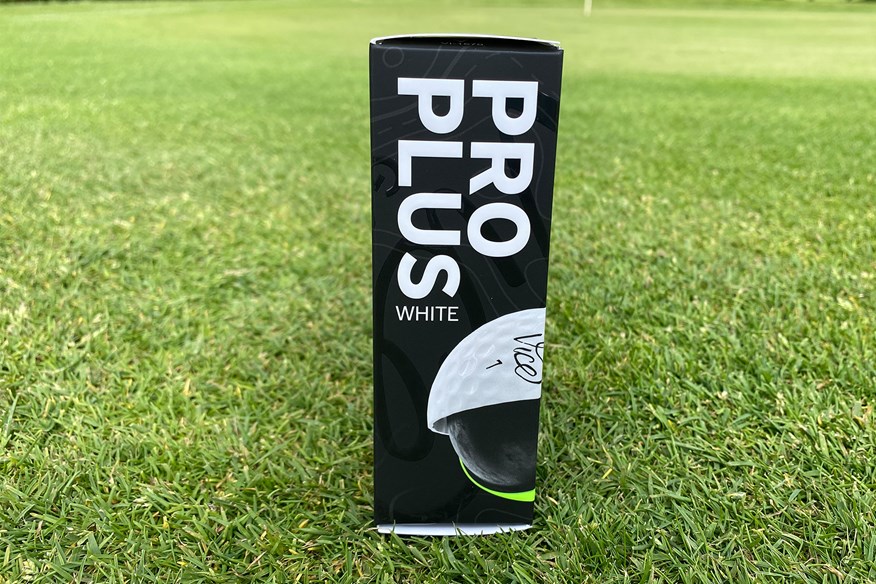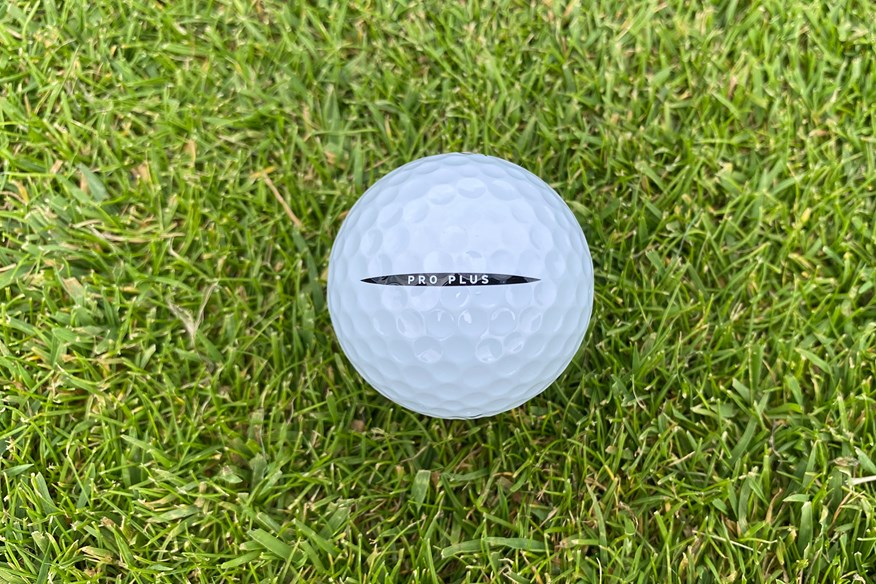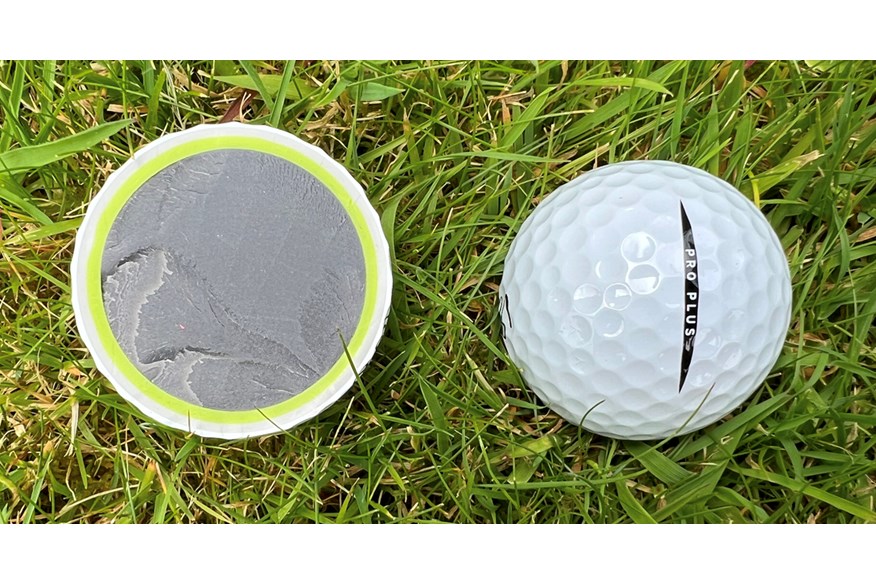“I can’t see why you’d choose any other golf ball” Expert reveals the ball we should ALL be using
Last updated:
There’s a good chance you’re using the wrong golf ball and getting inferior performance as a result.
All premium golf balls come in two main forms. There’s the Titleist Pro V1 and Pro V1x, the Callaway Chrome Tour and Chrome Tour X, and so on and so forth. (Some balls do have more than two versions – like the Pro V1x Left Dash, etc – but they tend to be pretty niche, so most golfers are still choosing between the two main options.)
For most of my golfing life, I’ve used the non-X version of whatever ball I’m playing, mainly because I prefer the softer feel. But I recently realised something that surprised me: all my best rounds of golf have come on the rare occasions I’ve been using an ‘X’ ball rather than the standard non-X model.
Now, correlation and causation are very different things, but it planted a seed in my mind.
And then I was reading the results and analysis of the recent Today’s Golfer robot golf ball test when something caught my eye that made me think there might actually be a bit more causation at play than I first thought…
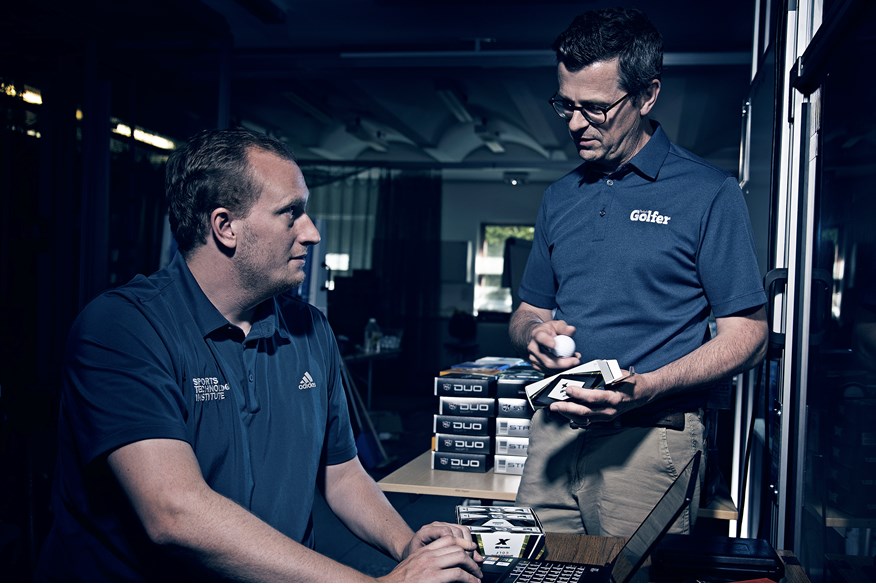
X marks the spot?
The recent TG robot golf ball test measured and compared 24 leading golf balls across every relevant performance metric.
All of the test data is displayed here for you to peruse and compare, but Equipment Editor Simon Daddow – a man with 30 years’ experience designing and testing golf equipment – also highlights the key findings if you’re short on time. One of those conclusions centered around whether you should choose an ‘X’ or non-‘X’ golf ball.
“Time and again our robot tests highlight the difference between regular tour and firmer X-style golf balls, and every time I’m left scratching my head as to why golfers choose anything other than an X-style ball,” said Simon.
“Many golfers like a softer feel, but my gut tells me that if shop assistants told you that by playing the X you’d give up nothing in terms of distance but gain iron and wedge-stopping power, very few golfers would ever choose the softer model.
“If you play a softer tour-level ball, I’d urge you to try a firmer model and ask yourself if you can sense the difference. If you can and feel there’s a benefit to going softer, then fair play to you. If not, our data spells out firmer X-style balls are highly likely to give your game an extra degree of score-ability. I’ve said it before, every piece of data that I’ve seen always errs towards using a firmer and faster golf ball.
“If you’re going to choose a golf ball just because it gives you softer feel, you’re putting so much weight in that one camp. If you can accept the firmer feel, you get better performance at both ends of your bag.”
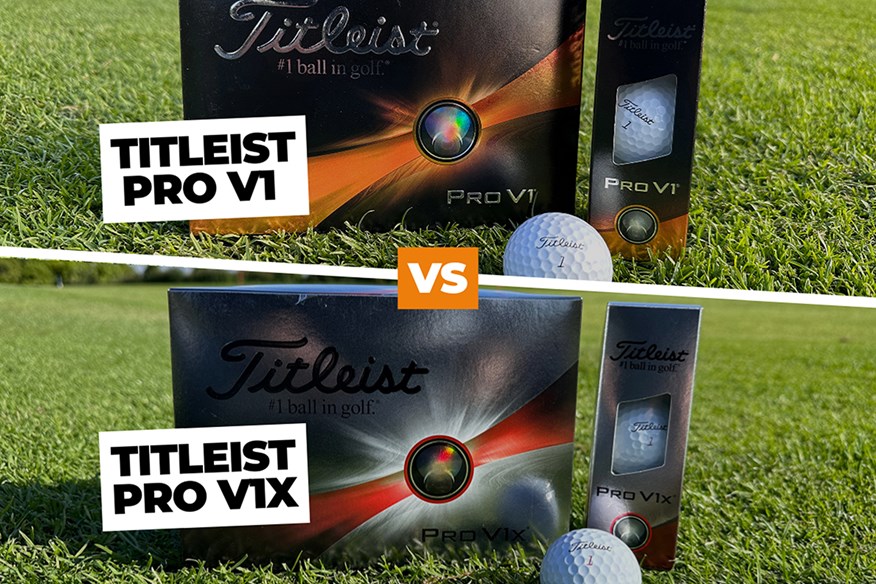
Pretty compelling stuff. And, if you play the best Titleist golf balls, you’ll want to hear what Simon said about the choice between the Pro V1 and Pro V1x in last year’s test:
“If you’ve blindly played the Titleist Pro V1 for a decade or more, you really should think about trying a Pro V1x. Both have changed dramatically over the last two iterations and today the Pro V1x is a higher flight, higher spinning ball with both the irons and wedges, traits which lots of decent club golfers will appreciate in terms of scoring. We hope we never hear another club golfer tell us they play the Pro V1 ‘for maximum spin and control’ again…”
The data
Price per ball $4.58 / 0.24c per yard
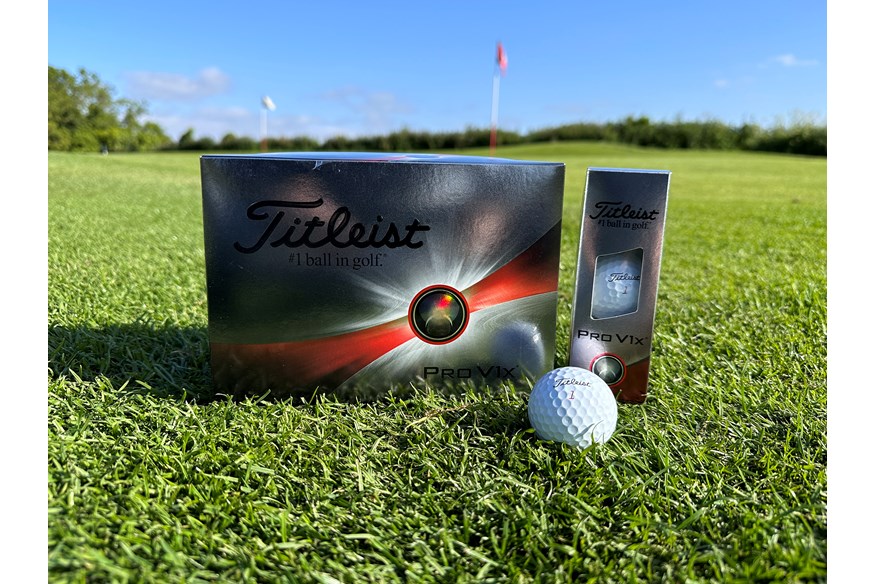

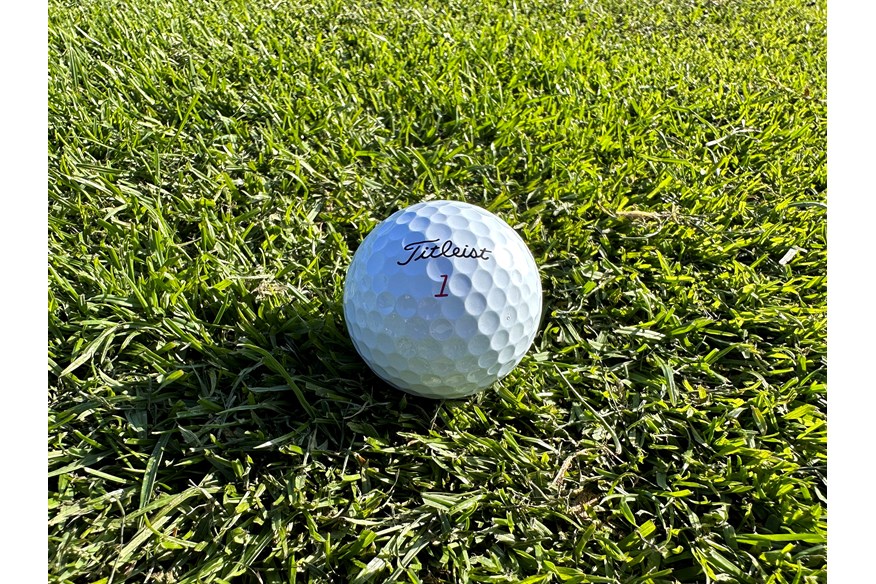
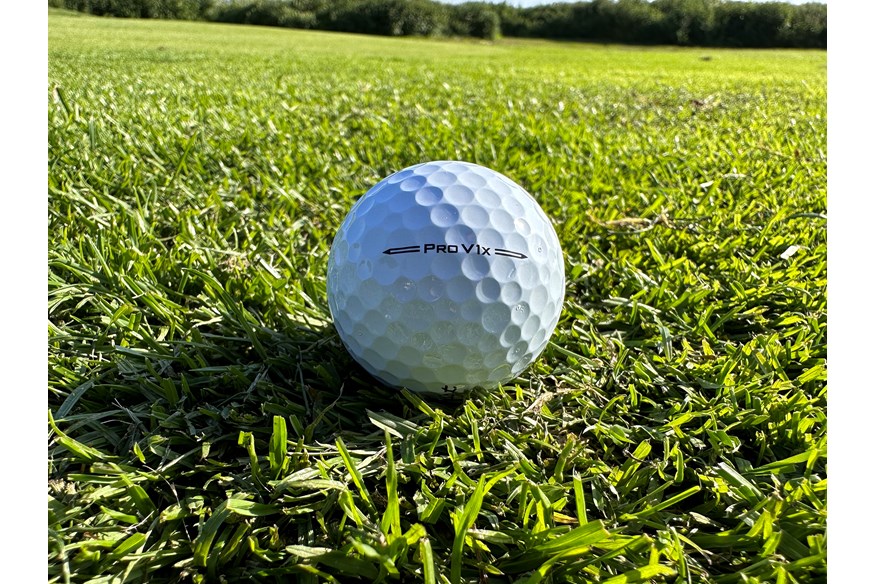
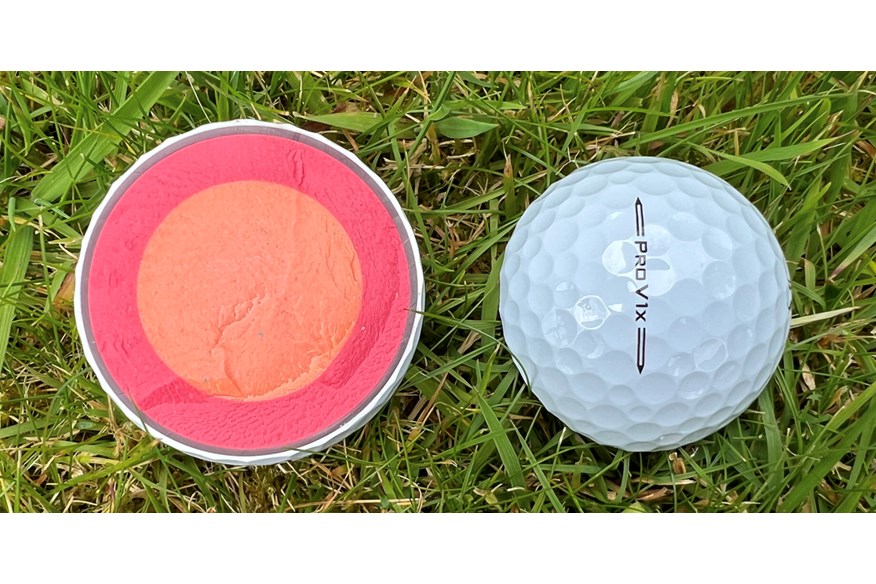
Typically, the Pro V1x offers golfers a little more ball speed, Justin Thomas, Jordan Spieth, and Matt Fitzpatrick all play the model out on tour.
Read our full Titleist Pro V1x (2023) golf ball review.
Pros
- You get more spin where you need it over the Pro V1
- The firmer compression offers up more ball speed than the Pro V1
- A very solid performer for accuracy and consistency
Cons
- Bar the hefty price the Pro V1x is hard to fault
| Construction | 4-Piece |
| Cover | Urethane |
| Cost per ball | $4.58 |
Titleist Pro V1 vs. Pro V1x
Ball speeds, launch angle, spin rate and carry distances with driver at all three test speeds – 85mph, 100mph, and 115mph – were so close it’s pointless trying to choose between the Titleist Pro V1 and Pro V1x based on driver performance.
It’s iron and wedge spin that give the Pro V1x the edge over the Pro V1. The Pro V1x generated 241RPM more spin with a 7-iron and 355RPM more with a pitching wedge.
You can read our full Titleist Pro V1 vs. Pro V1x comparison here.
Price per ball $6.11 / 0.30c per yard
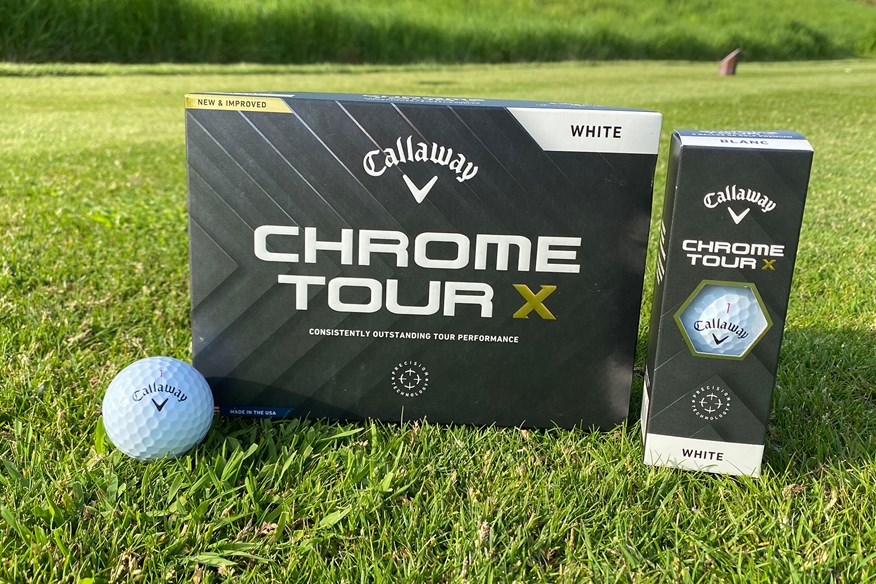

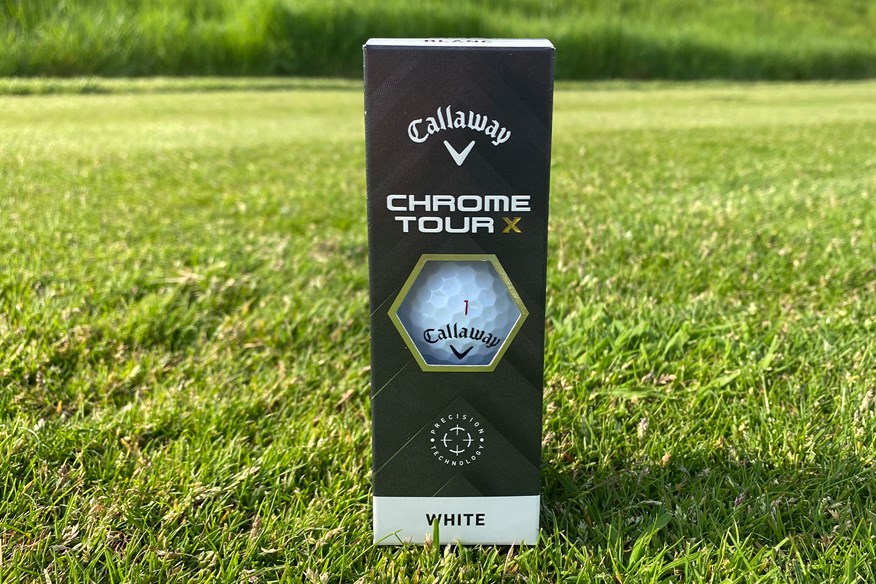
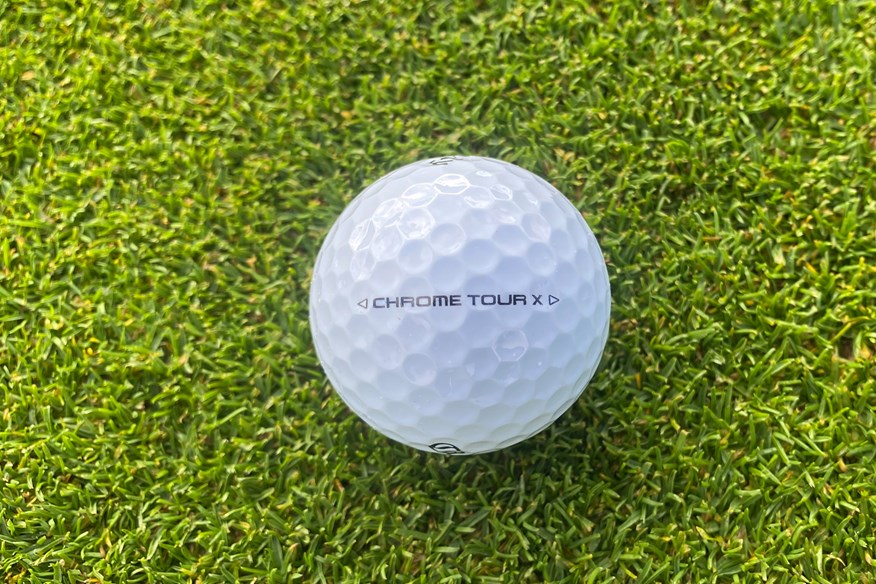
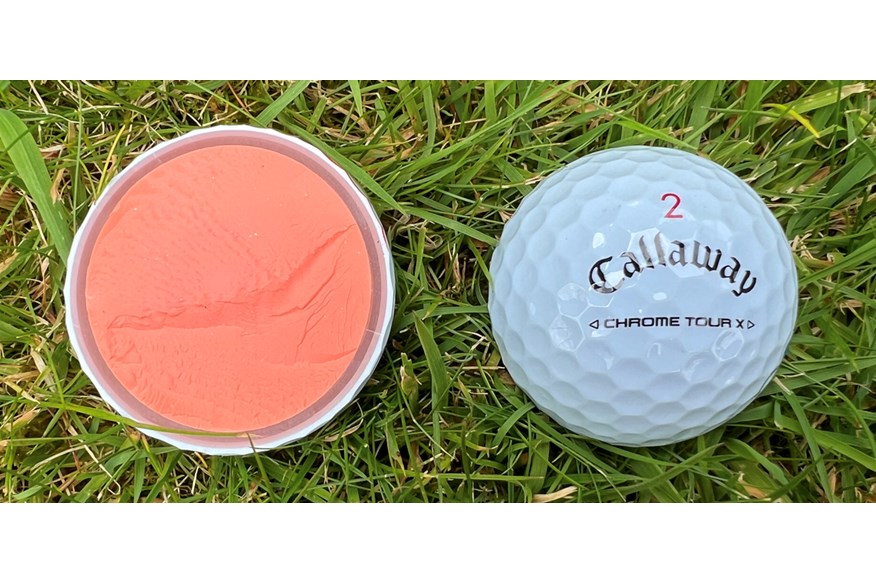
The Chrome Tour X has a compression of 98 and the company reports seeing ball speed gains of 1.5 – 3mph during internal testing with this model. Interestingly the speed gains don’t come from a firmer compression, as this model is the same compression as the previous Chrome Soft X.
Golfers should expect 300 RPM more backspin up to 50 yards from the surface of the green, the all-important scoring zone for the very good players.
Read our full Callaway Chrome Tour X (2024) golf ball review.
Pros
- Long off the driver
- High spin with the irons and wedges
- Produced our third smallest shot area average
Cons
- In 2024 Callaway is an expensive tour ball option
| Construction | 4-Piece |
| Cover | Urethane |
| Cost per ball | $6.11 |
Callaway Chrome Tour vs. Chrome Tour X
If you want distance with your driver and spin with your irons and wedges – and who doesn’t? – the Callaway Chrome Tour X is a clear winner over the Chrome Tour.
It was longer with driver at all three swing speeds and generated a whopping 809RPM more spin with a 7-iron and 599RPM more with a pitching wedge.
This means so long as you know how fast you shift it there shouldn’t be too much confusion around which model will best complement your game.
As the firmest in the Vice line-up, the Plus is also the brand's highest spin ball, which the company says is especially noticeable in the short game. With a 100 compression, you will need to enjoy a slightly firmer feel and more responsive feedback to get the best out of this model.
Pros
- The best DTC 4-piece ball to rival the Titleist Pro V1x
- Long with the driver and irons
- So long as you buy in bulk they are good value for money
Cons
- Less iron and wedge spin than the brilliant Callaway Chrome Tour X
| Construction | 4-Piece |
| Cover | Urethane |
| Cost per ball | $3.25 |
Vice Pro vs. Vice Pro Plus
The Vice Pro Plus was longer at all three driver swing speeds and produced 276RPM more spin with a 7-iron and 99RPM more with a pitching wedge.
Price per ball $4.16 / 2.16c per yard
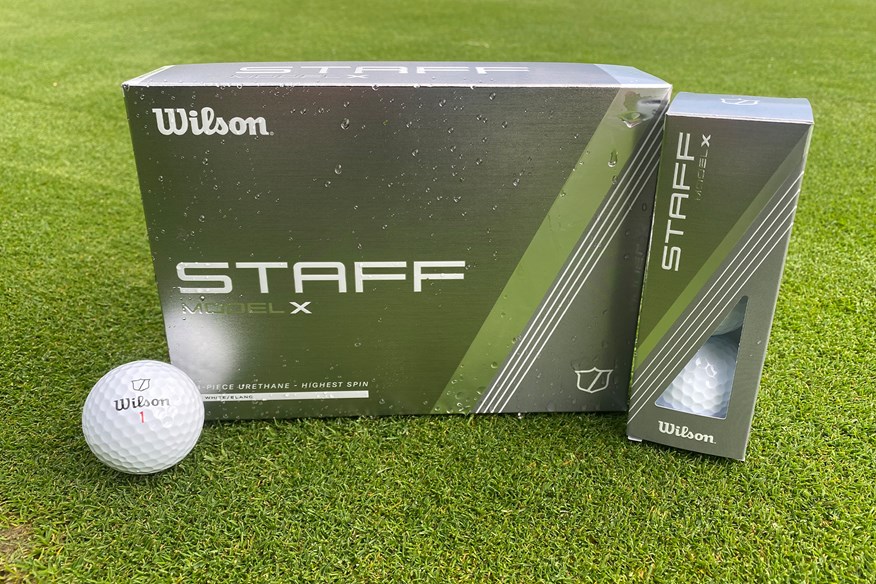

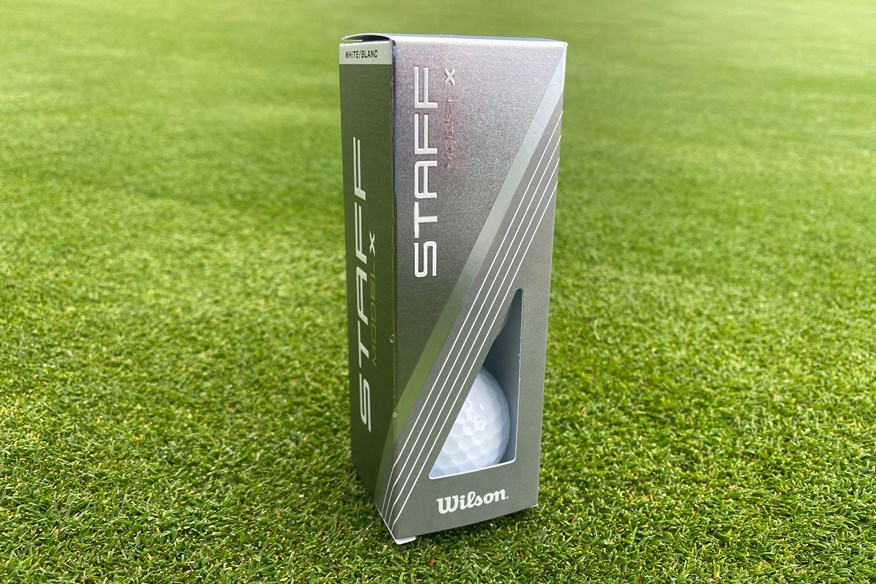
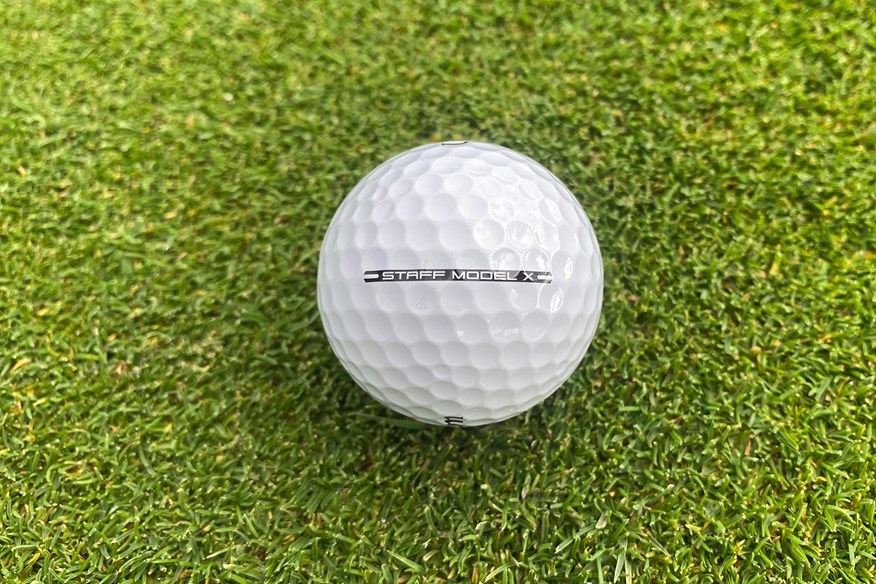
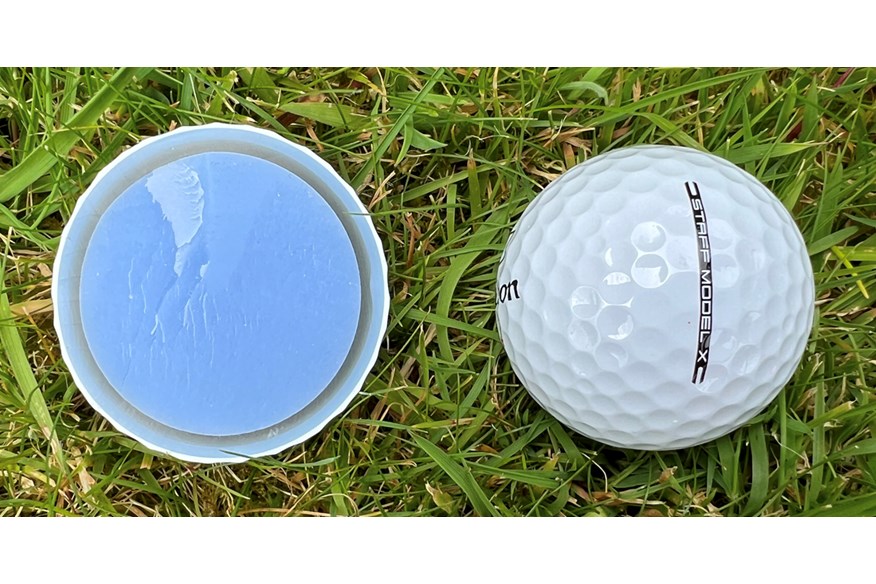
Expect a higher launch and ball flight than the standard Staff Model ball you’ll also get maximum shot shape potential from this offering. See the X as an alternative to the Titleist Pro V1x, TaylorMade TP5x, and Callaway Chrome Tour X and you’ll be thinking along exactly the right lines.
Read our full Wilson Staff Model X (2024) golf ball review.
Pros
- A very fast golf ball option
- Faster and longer than a Titleist Pro V1 and Pro V1x
- An accurate and consistent golf ball choice
Cons
- It's a shame about the price hike for 2024
| Construction | 4-Piece |
| Cover | Urethane |
| Cost per ball | $4.16 |
Wilson Staff Model vs. Model X
There was little to choose between the two Wilson balls when it came to driver numbers. The Wilson Staff Model actually produced more carry at an 85mph swing speed (a test-topping 193.6 yards), whereas the Model X beat it at 100mph. At 115mph there was 0.3 yards in it, which you’d never notice on the course.
When it came down to spin, however, there was a clear winner. The Model X generated 828RPM more spin with a 7-iron and 653RPM more with a wedge than the standard Wilson Staff Model golf ball.
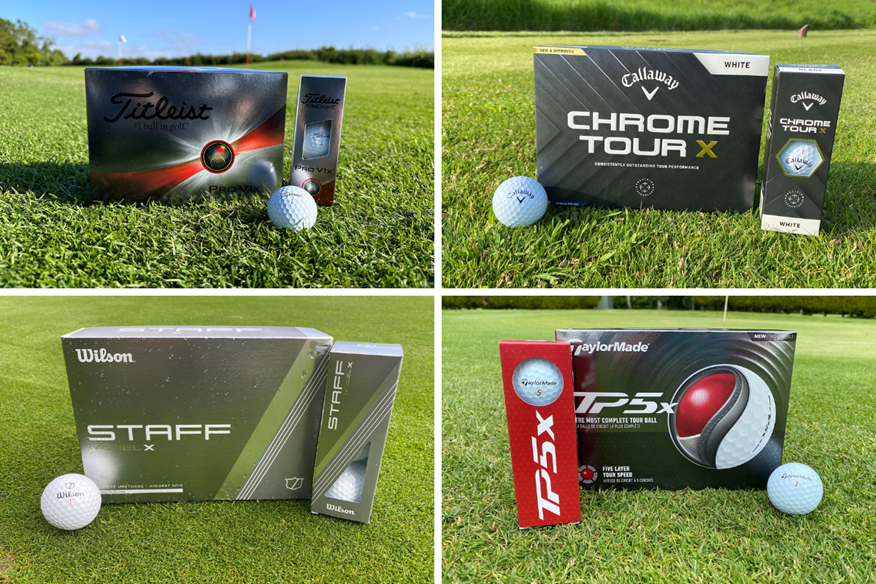
Why you should choose an ‘X’ ball
While there will always be exceptions, the test shows that ‘X’ models generally spin more with irons and wedges while delivering equal performance with driver. Iron and wedge spin helps you stop the ball on the green, and there are very few golfers who need less control when it comes to stopping approach shots.
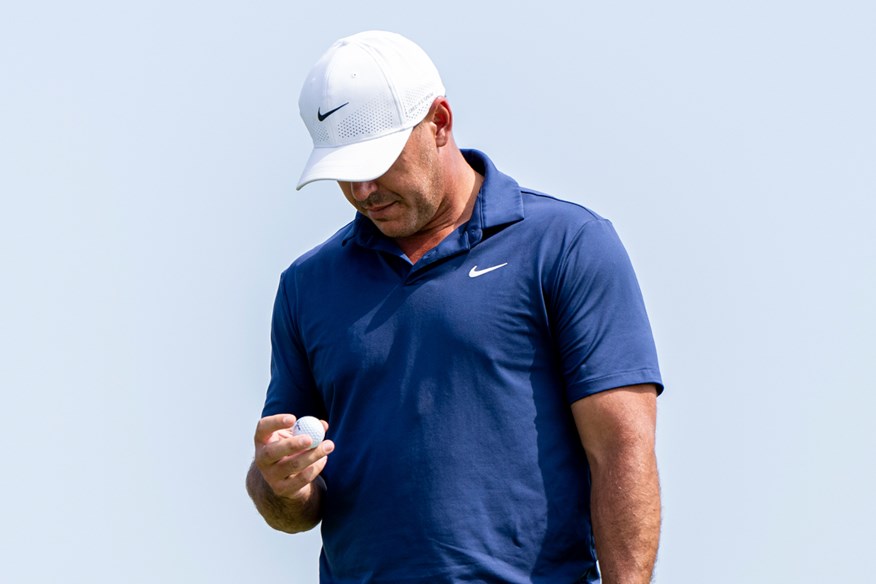
Does feel matter?
As I said at the start, I’ve always opted for a non-‘X’ ball for the softer feel. But what is feel? I’ve seen tests before that involve hitting golf balls while wearing headphones to block out sound and golfers couldn’t tell any difference. So, if feel is just sound, would you really want to give up control with irons and wedges just for a ball that sounds a bit softer?
It’s not as if these modern ‘X’ balls are rock hard and clicky, either.
Plus, if you have forged wedges and a putter with a soft insert, impact will still feel pretty soft and buttery.
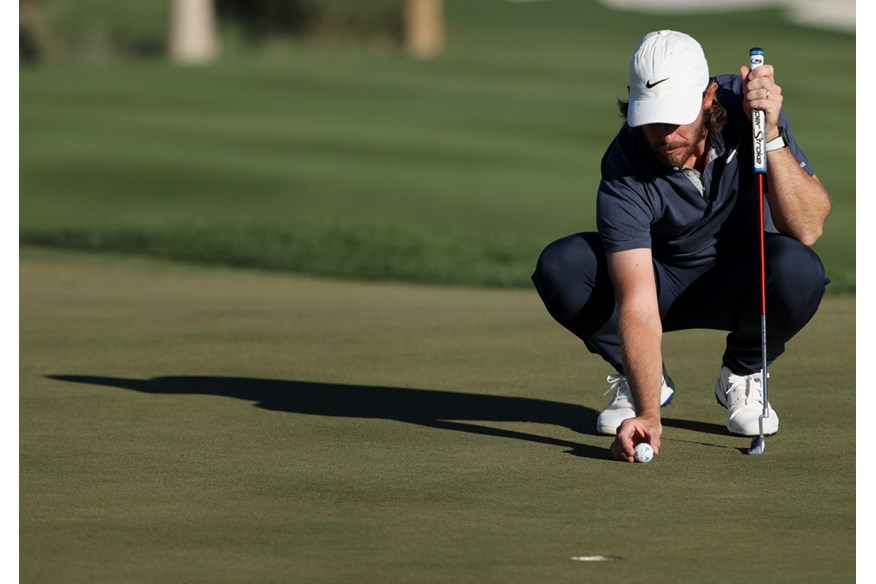
What golf balls do tour players use?
15 of the world’s top 20 players use an ‘X’ or otherwise-branded non-standard version of their preferred golf ball. That said, two of the five are Scottie Scheffler and Xander Schauffele, the world number one and two, and they’re not doing too badly.
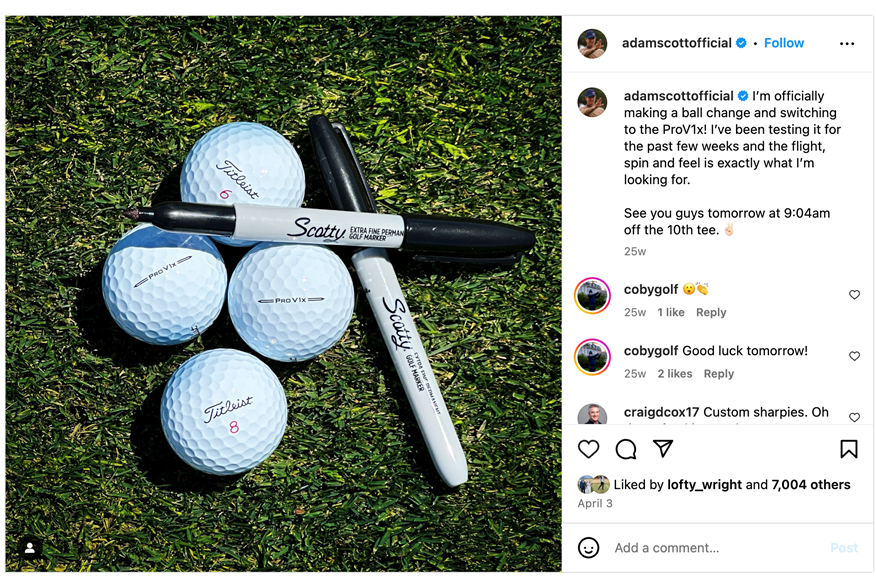
Check out our pick of the best golf balls here.
